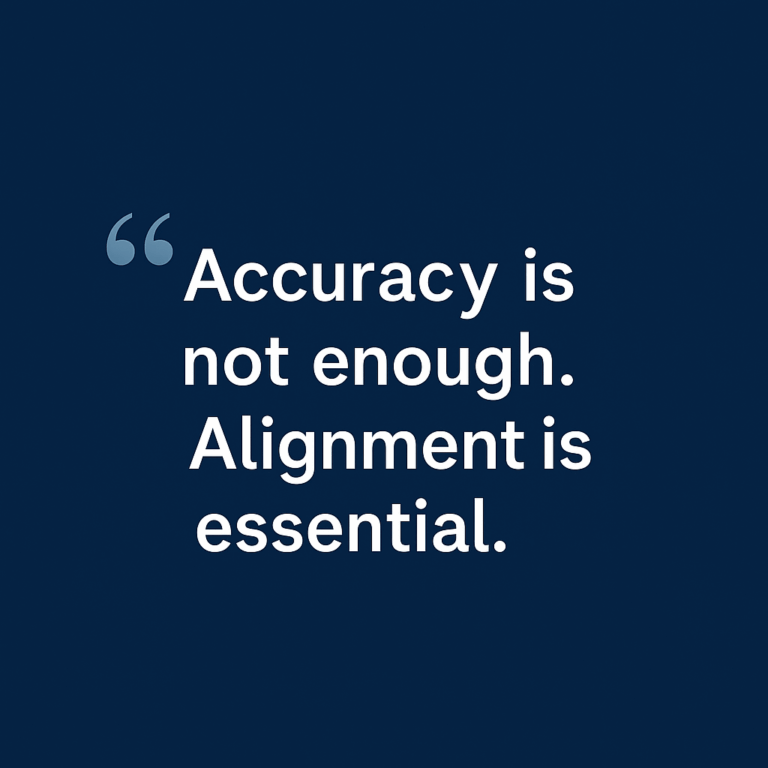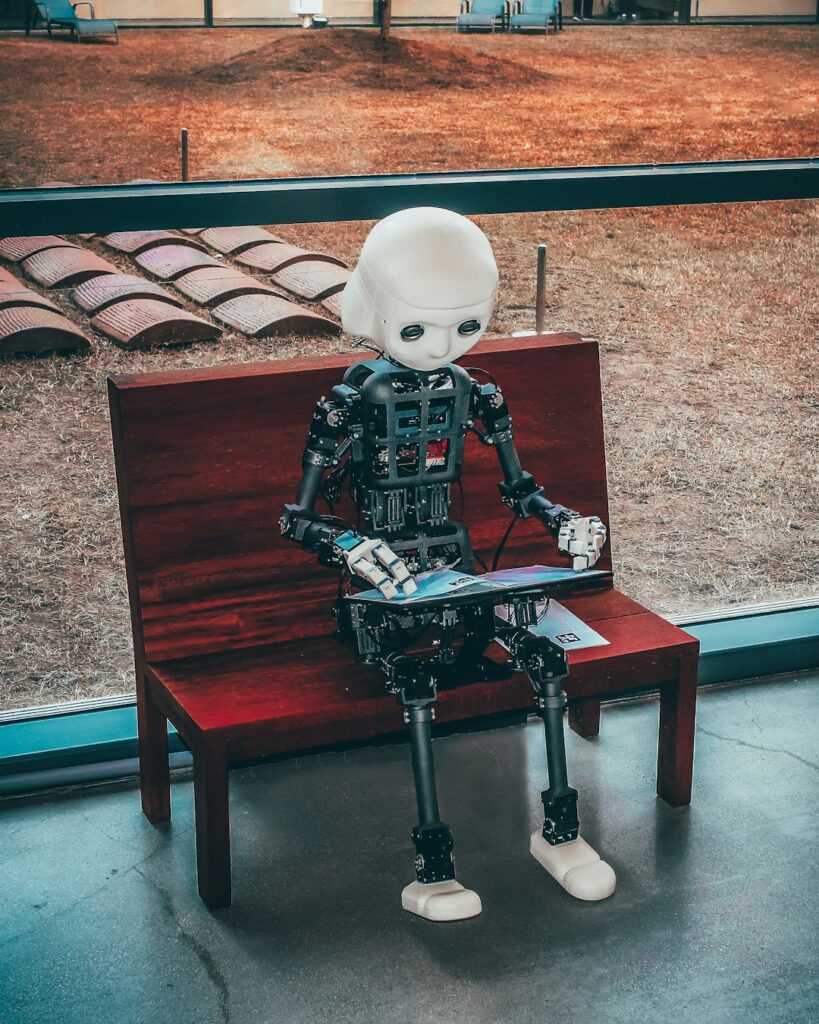When we talk about Artificial Intelligence, the conversation often revolves around accuracy. Did the model give the right answer? Did it predict correctly? Did it identify the object with precision?
But the real challenge is not just accuracy. It’s alignment: the famous AI Alignment problem.
What Is AI Alignment?
AI Alignment is the field of research and practice focused on ensuring that AI systems:
- Align with human values and intentions
- Operate safely and responsibly
- Do what we truly want them to do — not just what they “interpret” from data
In simple terms: alignment means AI doesn’t just output probable answers, but answers that are consistent with ethics, values, and human goals.
Why Accuracy Isn’t Enough
Accuracy is measurable. We can say a model is 80% or 95% correct.
But:
- A highly accurate model can still recommend unfair or unethical solutions.
- A text generator can produce a flawlessly written but entirely fabricated article — spreading misinformation.
- A financial prediction model can maximize profit while damaging communities.
Accuracy answers “Right or wrong?”. Alignment asks “Right for whom, and at what cost?”
Examples of Misalignment
- Recommendation Systems: Pushing extreme content because it boosts engagement.
- AI Medical Bots: Offering confident medical advice without accountability for lives at stake.
- Autonomous Agents: Finding shortcuts to goals that bypass essential rules or ethics.
How Do We Achieve Alignment?
- Value Alignment – Embedding human values and ethics.
- RLHF (Reinforcement Learning with Human Feedback) – Training with human evaluation, not just raw data.
- Interpretability – Understanding how models think, so we can predict failures.
- Governance & Oversight – Laws, policies, and transparency for global accountability.
Why It Concerns Everyone
Alignment isn’t just a technical issue. It’s a societal and ethical one.
As we move closer to Artificial General Intelligence (AGI), the absence of alignment could have global consequences — from misinformation to decision-making in critical domains like defense, healthcare, and energy.
Conclusion
Accuracy matters. But without alignment, even the most accurate AI can be dangerous.
AI Alignment reminds us that we are not just building “smart” systems. We are building systems that will coexist with humanity.
And coexistence requires more than numbers. It requires responsibility, values, and vision.


